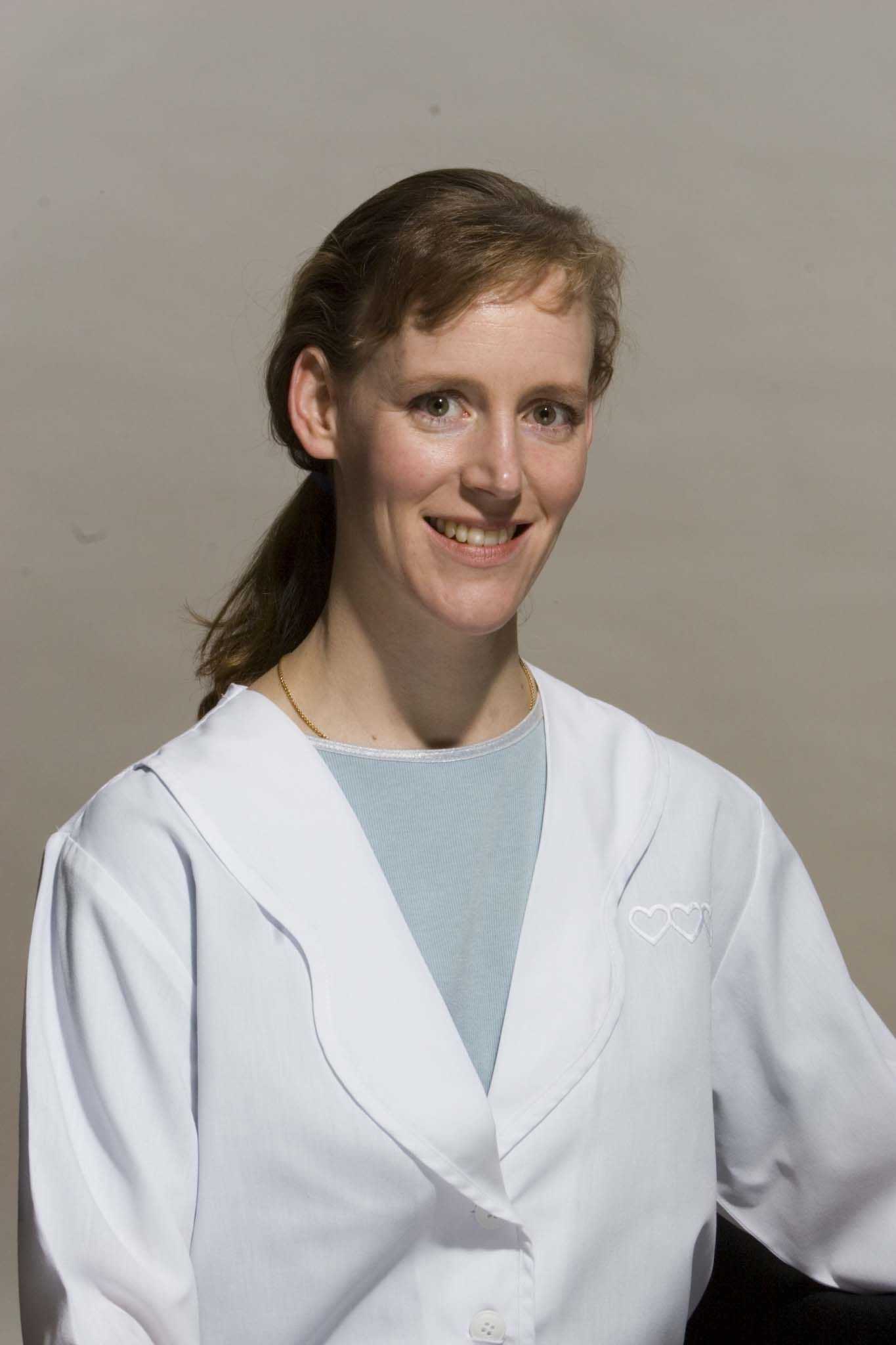Kristi Ayars - Featured Certified Pelvic Rehabilitation Practitioner
In our weekly feature section, Pelvic Rehab Report is proud to present this interview with newly certified practitioner Kristi Ayars, PT, DPT, PRPC.

Who/what inspired you to become involved in pelvic rehabilitation?
I knew it could be done, so after moving from Washington back home to California in late 2003, when a patient came in with a chief complaint of leakage I asked around and found out nobody here was doing pelvic physical therapy. I jumped right in. I took the Level 1 class and every other pelvic floor class that came along for the first 5 years while seeing an ever-increasing number of people needing pelvic floor therapy. Then, I had to restrain myself to only one or two classes a year. Now, almost 11 years later, just having done a huge literature update and after passing the PRPC I have a renewed sense of awe that there is so much to offer people based on evidence.
What patient population do you find most rewarding in treating and why?
I like the kind of patient who comes in having researched stuff ahead of time, who has a list of questions every visit, who demands logical answers and pursues understanding of what physical therapy can or cannot do to help. These people do better than others, often faster than average. They love to hear about the latest research, and use everything they learn to better themselves.
If you could get a message out to physical therapists about pelvic rehabilitation what would it be?
There are no short cuts. You have to take time to carefully reason through it, test everything, treat and then re-test. Never assume. Once you’ve established what works with that individual, you have to take time to teach it from the bottom up. (No pun intended).
What lesson have you learned from a Herman & Wallace instructor that has stayed with you?
Holly Herman and Kathe Wallace themselves emphasized the need for confidently articulating to the patient what was going to happen, and what was going on during the exam and treatment. Many of my patients, at least the women, seem to appreciate this, and not just for pelvic floor treatment. Working with people is a process to bring the body to better movement habits and it requires constant dialog.
What do you find is the most useful resource for your practice?
I particularly like the documentation templates available after each class. For example, after both the Level 1 and the pediatric classes, I was thrilled to be able to purchase and download the module, put my logo on all the handouts, and have them ready on the computer for my patients.
What makes you the most proud to have earned PRPC?
Once I embarked on the study process, it was clear that this was as hard or harder than Boards. I studied diligently, learning something every night that I could use to better help my patients. The five-hour test was grueling, like problem-solving for every worst-case scenario I’d ever had in 16 years of physical therapy practice. I am very proud of my credential.
What is in store for you in the future?
More learning, of course. We can never know it all, but we can keep striving. I thoroughly enjoy working with each of my patients and seeing them reach their goals. I’d like to see more physicians regularly recommending our conservative approaches for pelvic floor issues and sooner for those patients. At some point I will turn towards educating or mentoring younger PTs. It would be nice to use my knowledge base to reach out to the community to try to increase health literacy.
Learn more about Kristi Ayars, PT, DPT, PRPC at her Certified Pelvic Rehabilitation Practitioner bio page. You can also learn more about the Pelvic Rehabilitation Practitioner Certification at www.hermanwallace.com/certification.
By accepting you will be accessing a service provided by a third-party external to https://hermanwallace.com/









































